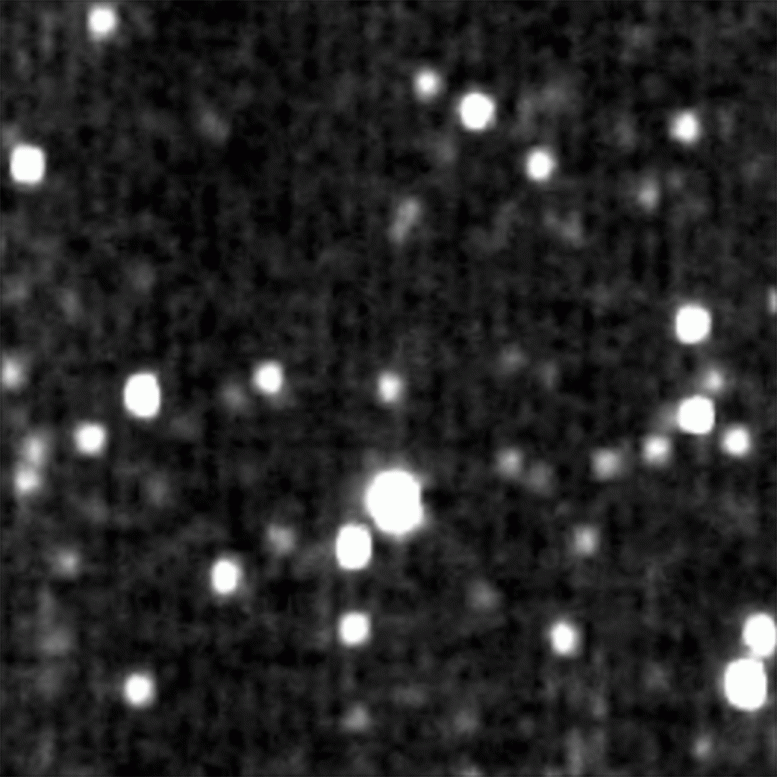
New Horizons spacecraft took the closest images ever of a distant Kuiper Belt object. Credit: NASA/JHUAPL/SwRI
This new image from the New Horizons Spacecraft demonstrates the ability of the spacecraft’s Long Range Reconnaissance Imager to capture distant objects in motion.
NASA’s New Horizons spacecraft recently took the closest images ever of a distant Kuiper Belt object – demonstrating its ability to observe numerous such bodies over the next several years if NASA approves an extended mission into the Kuiper Belt.
In this short animation, consisting of four frames taken by the spacecraft’s Long Range Reconnaissance Imager (LORRI) on November 2, and spaced an hour apart, one can see this 90-mile-wide (150-kilometer) ancient body, officially called 1994 JR1, moving against a background of stars. When these images were made, 1994 JR1 was 3.3 billion miles (5.3 billion miles) from the sun, but only 170 million miles (280 million kilometers) away from New Horizons. This sets a record, by a factor of at least 15, for the closest-ever picture of a small body in the Kuiper Belt, the solar system’s “third zone” beyond the inner, rocky planets and outer, icy gas giants.
Mission scientists plan to use images like these to study many more ancient Kuiper Belt objects from New Horizons if an extended mission is approved. New Horizons flew through the Pluto system on July 14, making the first close-up observations of Pluto and its family of five moons. The spacecraft is on course for a close flyby of another Kuiper Belt object, 2014 MU69, on January 1, 2019.

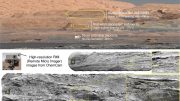

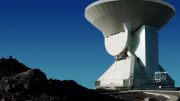
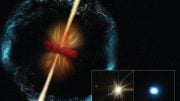
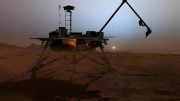
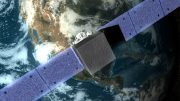
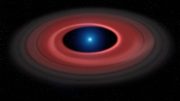
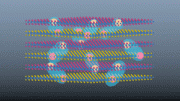
Be the first to comment on "New Horizons Spots a Wandering Kuiper Belt Object"